
cd_nom
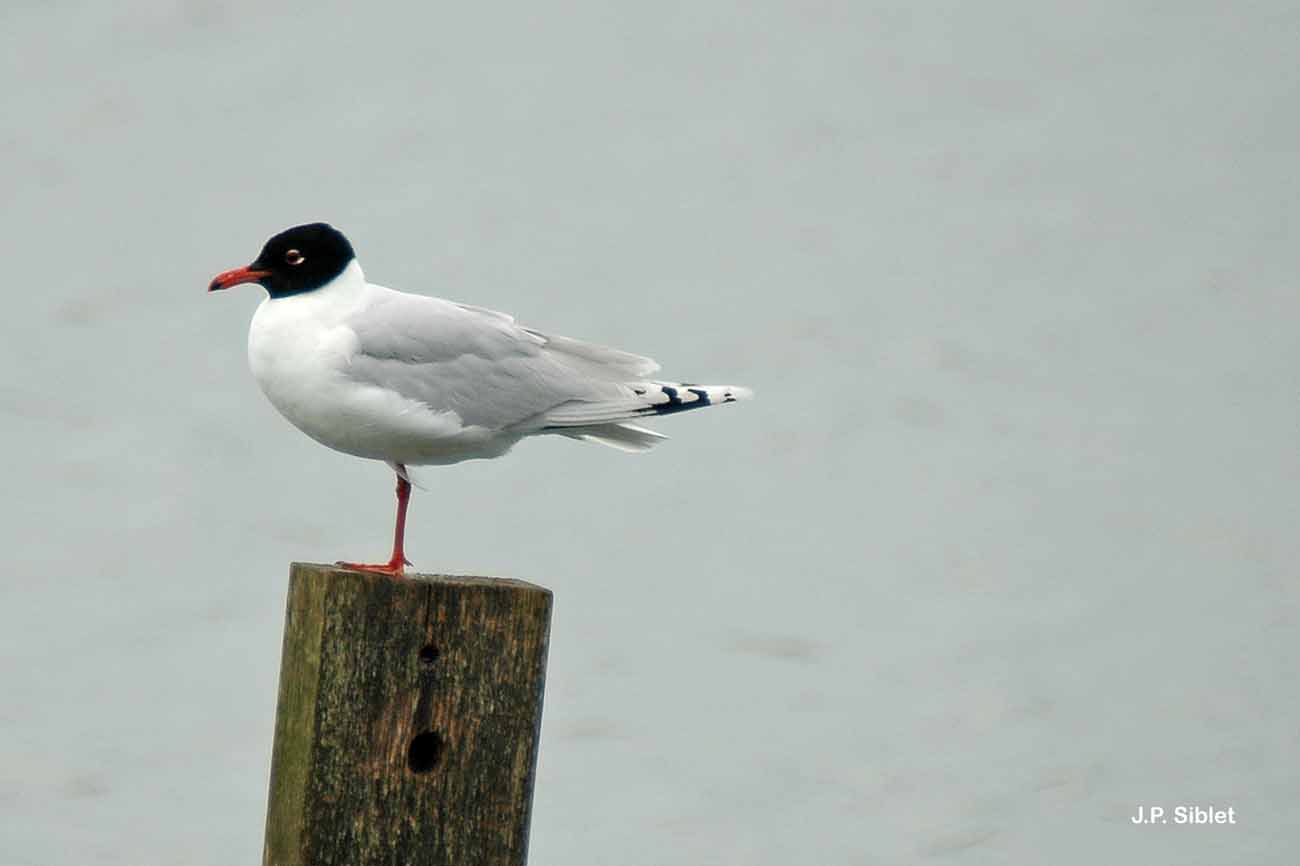
| Author : J.P. Siblet |
 |
To get the picture, please visit:
Jean-Philippe SIBLET
Muséum national d'Histoire naturelle - Service du Patrimoine Naturel
36 rue Geoffroy Saint-Hilaire
CP 41
75 231 PARIS CEDEX 05
e-mail : inpn@mnhn.fr
Despite the Creative Commons license, please inform the author of the use which will be made of his photo
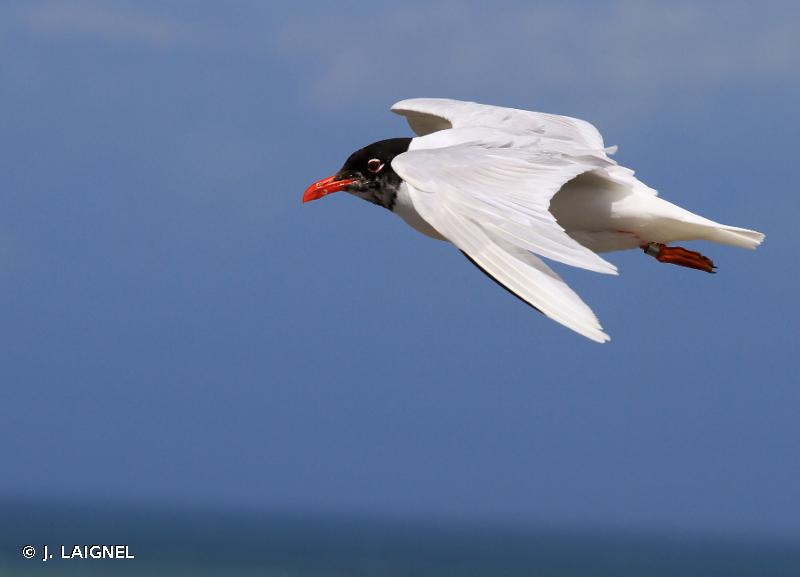
| Author : J. LAIGNEL |
 |
To get the picture, please visit:
Julien Laignel
Chargé de mission SNB - SPN/MNHN
4, avenue du Petit Château
91800 BRUNOY
Tel.: 06.10.68.23.36
Mail: julien.laignel@9online.fr
Despite the Creative Commons license, please inform the author of the use which will be made of his photo
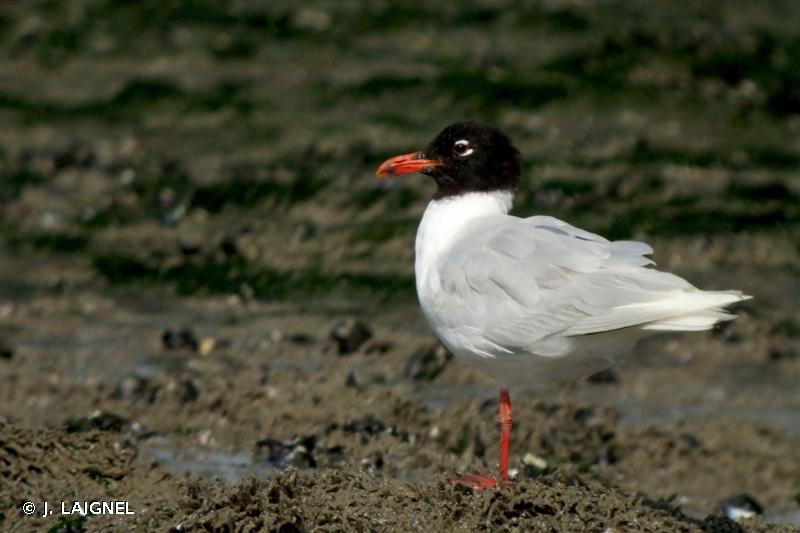
| Author : J. LAIGNEL |
 |
To get the picture, please visit:
Julien Laignel
Chargé de mission SNB - SPN/MNHN
4, avenue du Petit Château
91800 BRUNOY
Tel.: 06.10.68.23.36
Mail: julien.laignel@9online.fr
Despite the Creative Commons license, please inform the author of the use which will be made of his photo
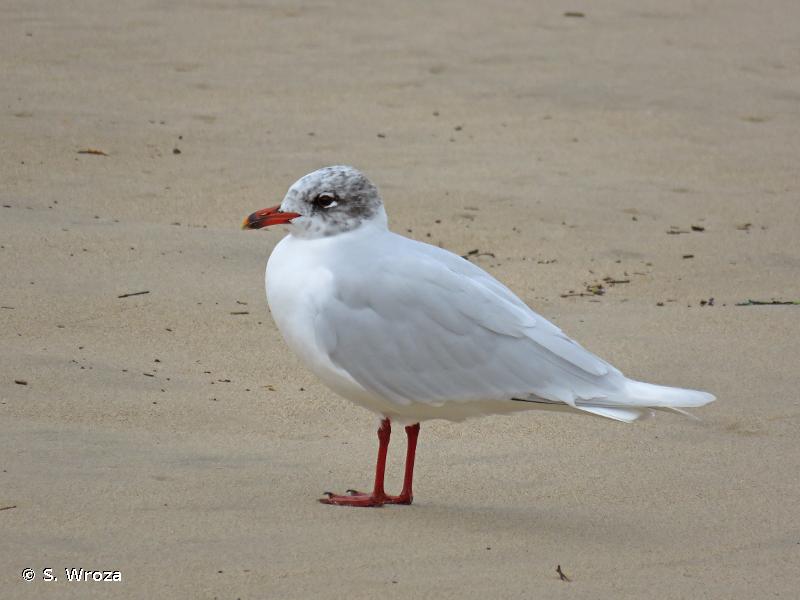
| Author : S. Wroza |
 |
Despite the Creative Commons license, please inform the author of the use which will be made of his photo
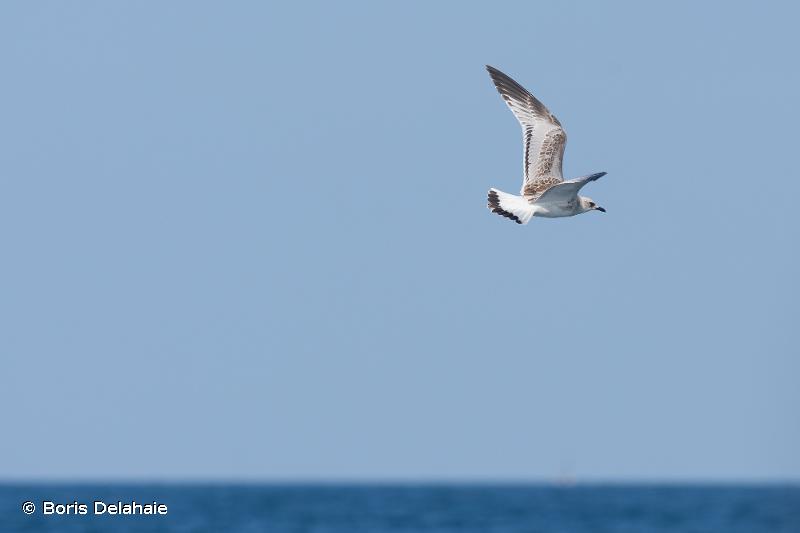
| Author : Boris Delahaie |
 |
To get the picture, please visit:
Boris Delahaie
Association Skravik
email: inpn@mnhn.fr
Despite the Creative Commons license, please inform the author of the use which will be made of his photo

| Author : M. La Rivière |
 |
To get the picture, please visit:
Marie La Rivière
email : inpn@mnhn.fr
Despite the Creative Commons license, please inform the author of the use which will be made of his photo
Longueur 36-38 cm, envergure 92-100 cm, poids 220-380 g.
Elle vit près des côtes et des grands plans d'eau et marais de plaine. Le nid est près de l'eau, parfois dans les prairies mais le plus souvent sur des îlots présentant des secteurs peu végétalisés. Elle hiverne essentiellement sur les côtes, sans s'éloigner en mer.
La Mouette mélanocéphale se nourrit surtout d'insectes terrestres et aquatiques en saison de nidification. Sinon, elle mange des poissons marins et des mollusques. Elle peut être seule ou en groupe et s'associe fréquemment avec la Mouette rieuse, dont elle partage les méthodes de recherche alimentaire.
L'espèce est généralement grégaire et niche en colonies denses (parfois plusieurs centaines de couples). L'association avec d'autres Laridés, particulièrement la Mouette rieuse, est le cas général. Elle défend un petit site de nid qu'elle utilise pour la parade, la couvaison et le nourrissage des jeunes.
Le nid est une dépression garnie d'herbes et de quelques plumes, sur le sol nu ou dans la végétation basse. La ponte de 3 œufs, parfois 2, est déposée à partir de la mi-mai. L'incubation dure 23-25 jours et l'envol a lieu à l'âge de 35-40 jours. Durant les 3 premières semaines, un adulte reste au nid et protège les poussins du soleil et de la pluie. À moins d'être dérangés, les jeunes s'éloignent très peu du nid, et ce jusqu'à l'envol.
Spanneut, L.(Ecosphère, Service du Patrimoine Naturel.),2008
Continental
Metropolitan France
Overseas
Marine
Metropolitan France
Overseas
The map presents a summary at the 10 x 10 km grid of the observation data for the species transmitted to the SINP. These data have been subjected to validation filters.
The map presents a reference distribution layer of the species at the scale of departments and marine sectors. The presence and absence data were established by expertise within a network of partners. This reference distribution is used in the validation process of the SINP data at the INPN level.
Corresponds to a report on the basis of at least one observation proved within a period of 10 years (20 years for little-known invertebrates) preceding the year and no presumption of extinction since obtaining the last data nor doubt on reproductive and implemented nature of this population. For migratory species, the presence indicated concerns areas of reproduction.
This status is based on one or more of the following criteria:
This point covers the absence, more difficult by nature to demonstrate than presence. This status is based on one or more of the following criteria:
This status must be assigned to a department in which the presence of the species is casual.
Particular case of absence due to a proven extinction less than a half century ago (older disappearances are treated as "no probable or definite").
In the state of knowledge, we can not comment on the presence or absence in the current department. This is the default status when not comprised in one of the previous categories or whenever there is doubt.
The map shows the global distribution of the species based on GBIF data (Global Biodiversity Information Facility).
